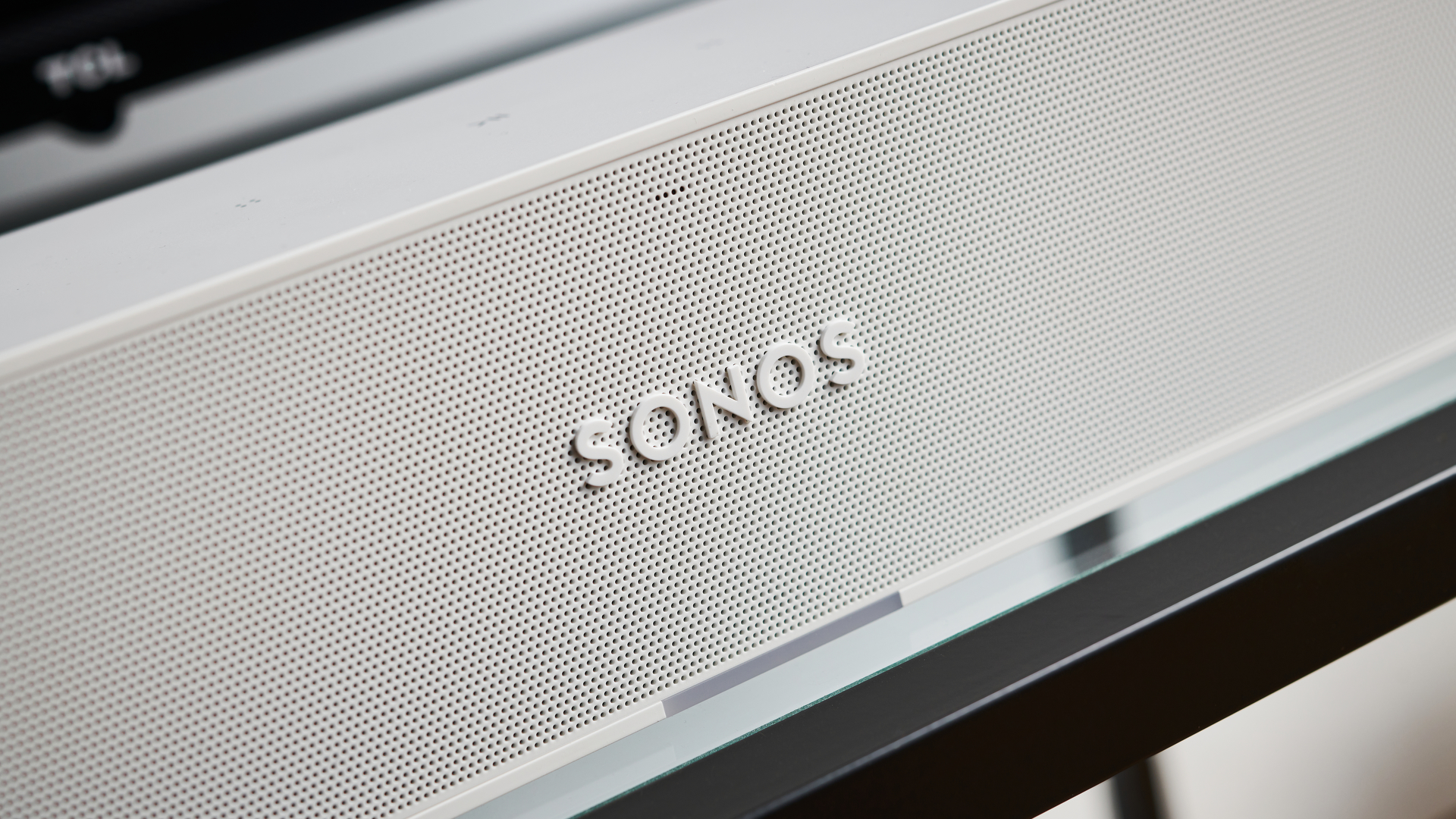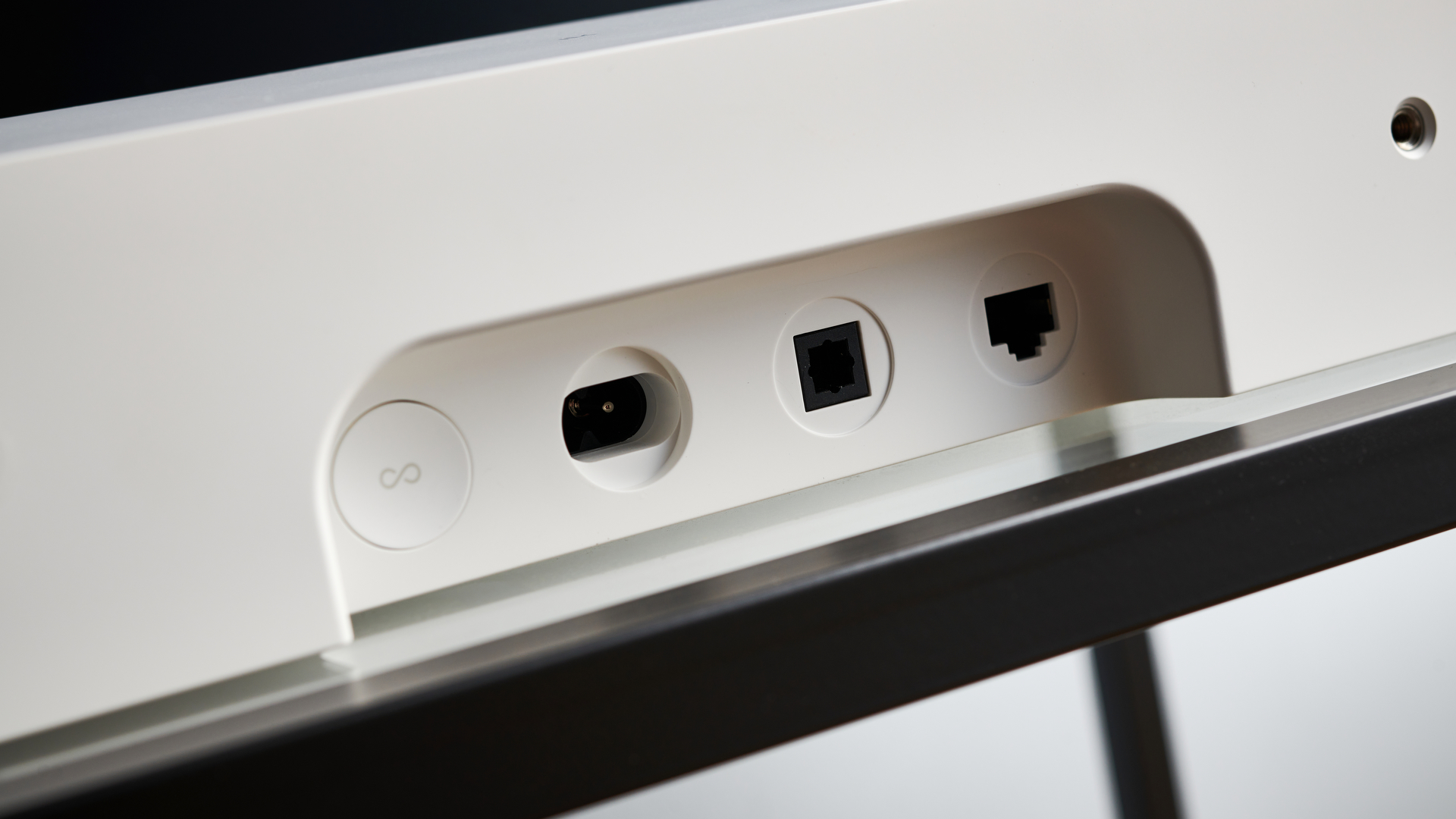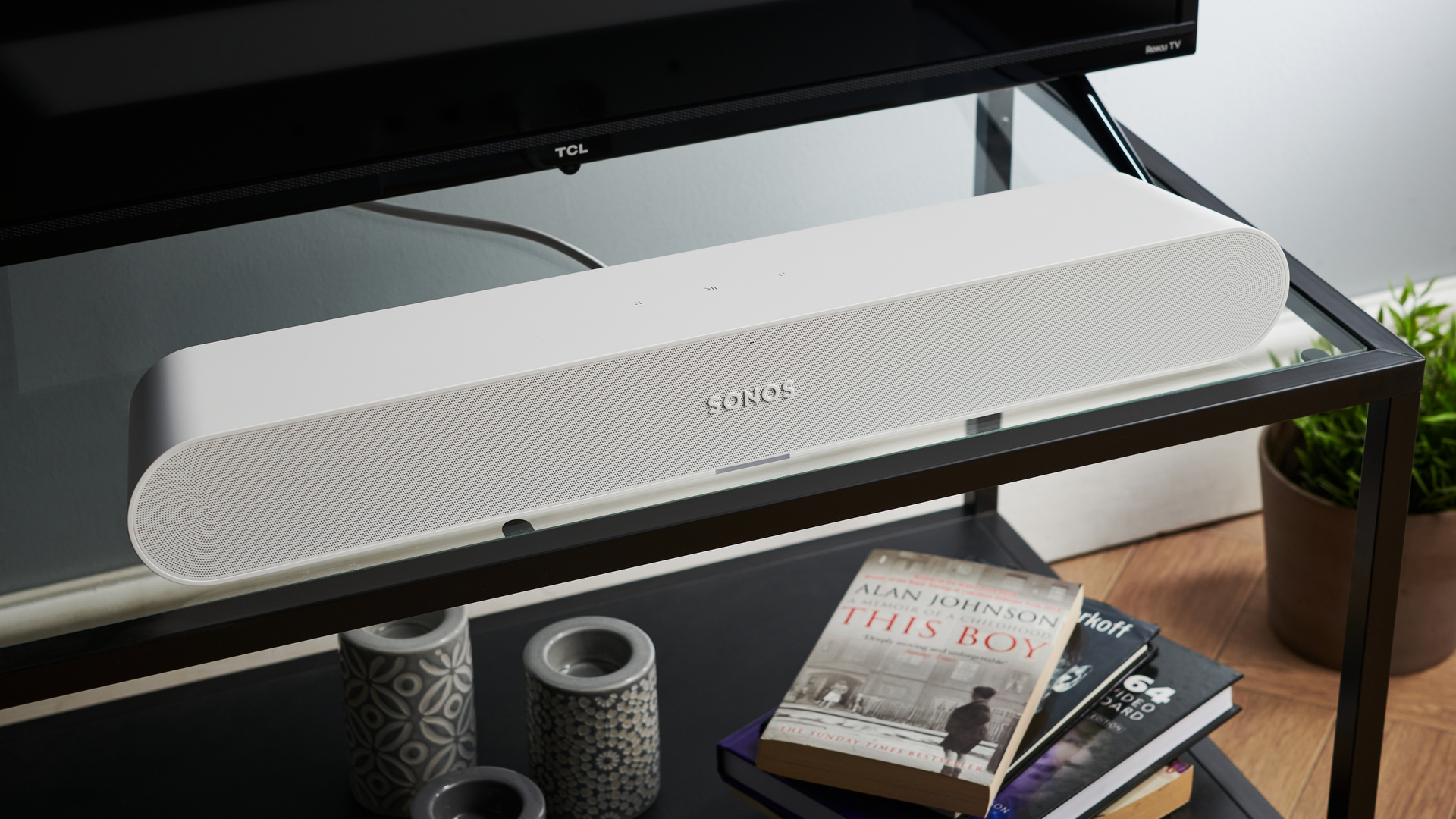The Sonos Ray is the ideal budget soundbar for cheap or older TVs – its lack of a key modern feature is actually crucial

I expect that a lot of people have found themselves in a similar position to me, where they've got an older TV that maybe still looks great, but the dialogue doesn't really sound clear enough, and the smart TV software isn't as slick as you'd like. Both of these can also be a problem with newer but cheaper TVs, too.
Adding a streaming stick is an easy upgrade for the smart TV software (the new Roku Streaming Stick Plus is a great option), and adding one of the best cheap soundbars can really boost the sound volume and clarity.
However, if you're adding a soundbar that uses HDMI ARC to take audio from the TV, you might hit another problem with older or budget TVs: not enough HDMI ports. It's pretty common to find three ports on old and cheaper TVs, and one will be the HDMI ARC port, meaning you then only have two HDMI ports for other stuff.
And there might be a secondary problem, as in my personal case: I wanted to upgrade the sound of my Sony XE90/X900E, but even though it has a healthy four HDMI ports, only two of them support 4K video, and one of those ports is the HDMI ARC connection.

I have two 4K HDR devices I want to connect to this TV, which means I don't want to lose either of these ports to a soundbar. And you might find yourself in a similar position – so the perfect solution for us both is the Sonos Ray, which uses an optical digital connection that's offered by every TV released for decades, instead of HDMI.
This means I can use my HDMI ports however I want. And the reason I like the Sonos Ray over the many, many soundbars that support optical is because it avoids the usual problem of optically-connected soundbars: using a single remote control.
It's all about the setup
Now, if you know much about sound connection technology, you're probably thinking, "Optical digital audio has been around since the '80s, and tons of soundbars support it, why is this guy obsessed with the Sonos Ray?"
Sign up for breaking news, reviews, opinion, top tech deals, and more.
It's because the Sonos Ray solves the control problem of an optical connection. One reason I love using HDMI for sound generally is that control commands are also passed over it, so when you plug your soundbar into the TV, you don't ever need to think about controlling the soundbar separately. The TV's volume control automatically applies to the soundbar.
(Many soundbars come with a remote that is useful if you want to change sound modes, but that's a separate question. Changing volume is the thing you want to do All. The. Time.)
Optical connections don't pass through controls, so out of the box, a soundbar connected this way needs to be controlled by its own remote. You can do remote control learning, so your TV remote controls the soundbar, but this usually means finding obscure menu options, and is beyond a lot of people.
The Sonos Ray doesn't come with a remote. Instead, during the setup process that everyone goes through to set it up, it asks you to point your TV remote at it and press the volume controls. It learns to respond to your TV in that moment. And that's it; from now on, it responds to your TV's remote, and you never have to think about it again.
Optical isn't a secondary option here. It's the option, so Sonos has made it as slick as if it used HDMI.

Obviously, it's also important that the Sonos Ray sounds really good, producing loads of volume, really clear speech that stands out in the audio mix, and actually a lot of cinematic power for something small enough to work with a 24-inch TV (though 32 inches and up is maybe more suited to it). The sound is big and broad enough to be a great fit with my 55-inch TV.
As an added bonus, it also works as a Sonos multi-room speaker, but honestly, that's not what I'm interested in. I just think it's the best soundbar for those who'd benefit from using an optical connection, because of the setup process and how it effectively forces you to have a good experience in which you only need one remote.
Using an optical connection means you won't get Dolby Atmos support, or fully uncompressed audio from the best 4K Blu-ray players – but if you're looking to add a cheap soundbar to your cheap or old TV, I'm assuming that's not the priority anyway.
I'm a huge AV nerd, and it wasn't my priority in this case – I wanted better sound that works through one remote, and left my crucial HDMI ports free. The Sonos Ray was ideal for me; maybe it's the same for you.
You might also like…

Matt is TechRadar's Managing Editor for Entertainment, meaning he's in charge of persuading our team of writers and reviewers to watch the latest TV shows and movies on gorgeous TVs and listen to fantastic speakers and headphones. It's a tough task, as you can imagine. Matt has over a decade of experience in tech publishing, and previously ran the TV & audio coverage for our colleagues at T3.com, and before that he edited T3 magazine. During his career, he's also contributed to places as varied as Creative Bloq, PC Gamer, PetsRadar, MacLife, and Edge. TV and movie nerdism is his speciality, and he goes to the cinema three times a week. He's always happy to explain the virtues of Dolby Vision over a drink, but he might need to use props, like he's explaining the offside rule.
You must confirm your public display name before commenting
Please logout and then login again, you will then be prompted to enter your display name.